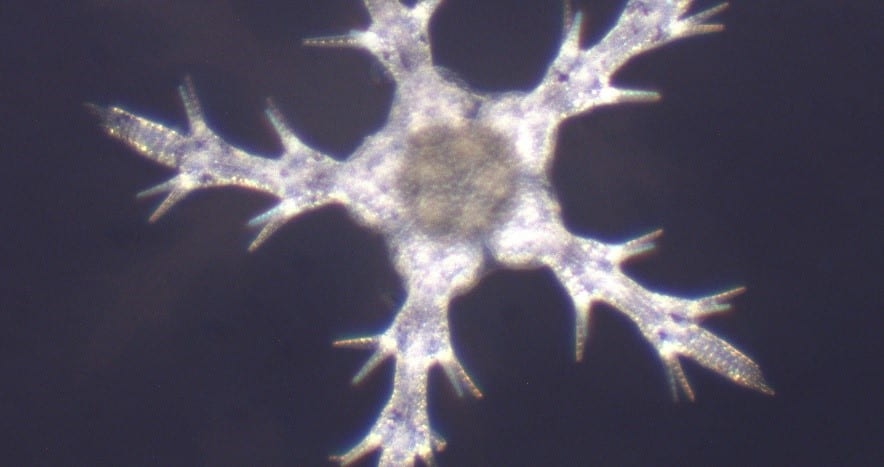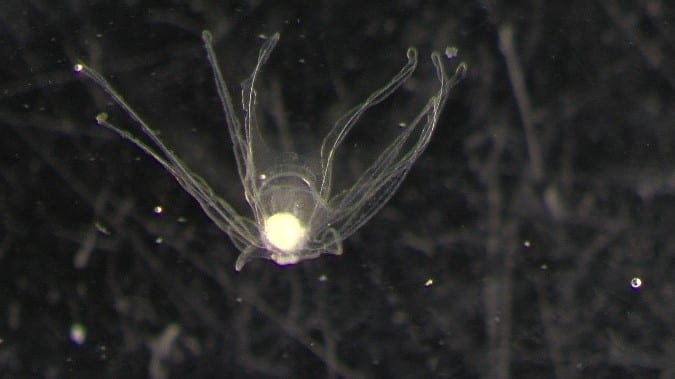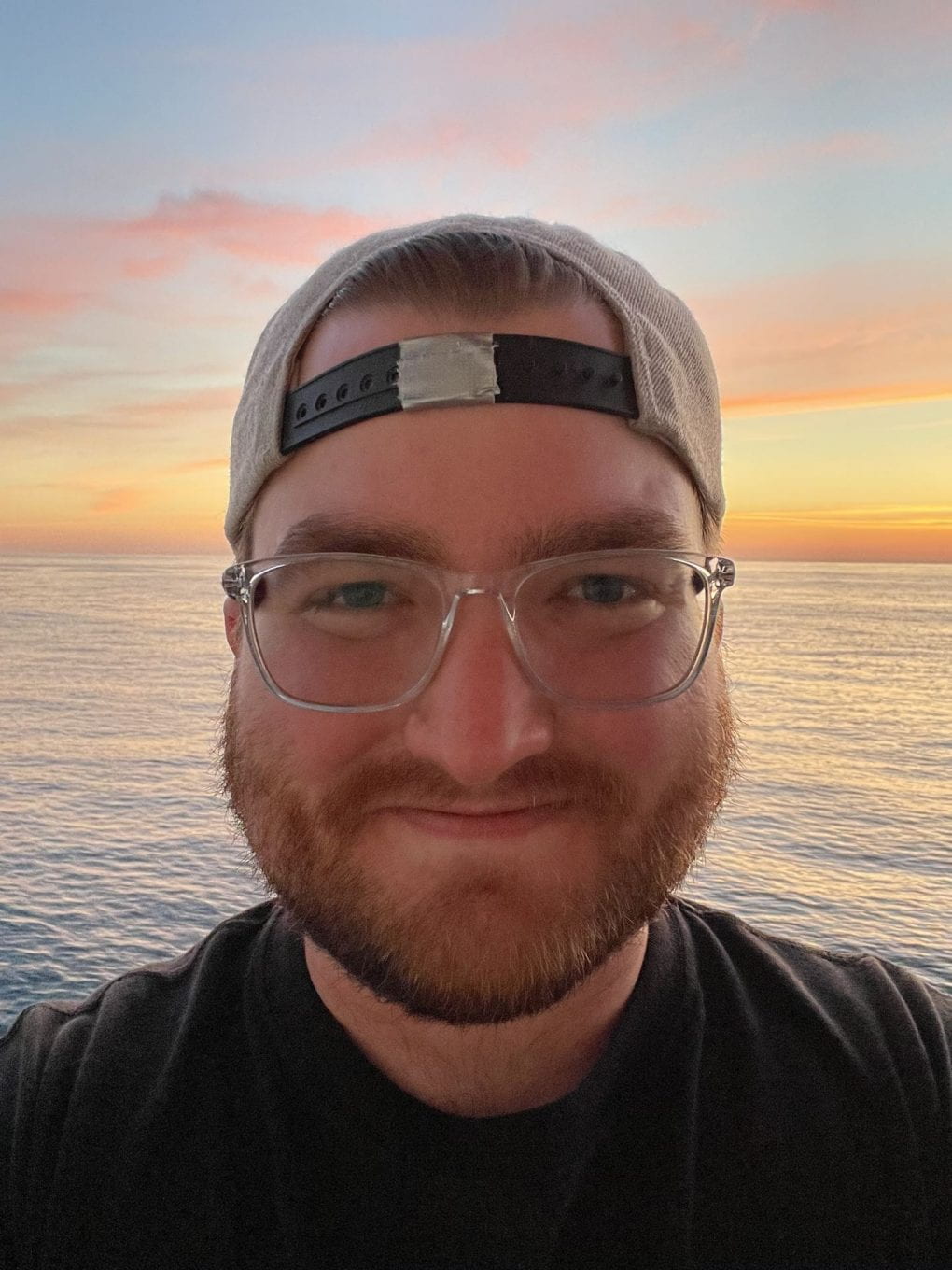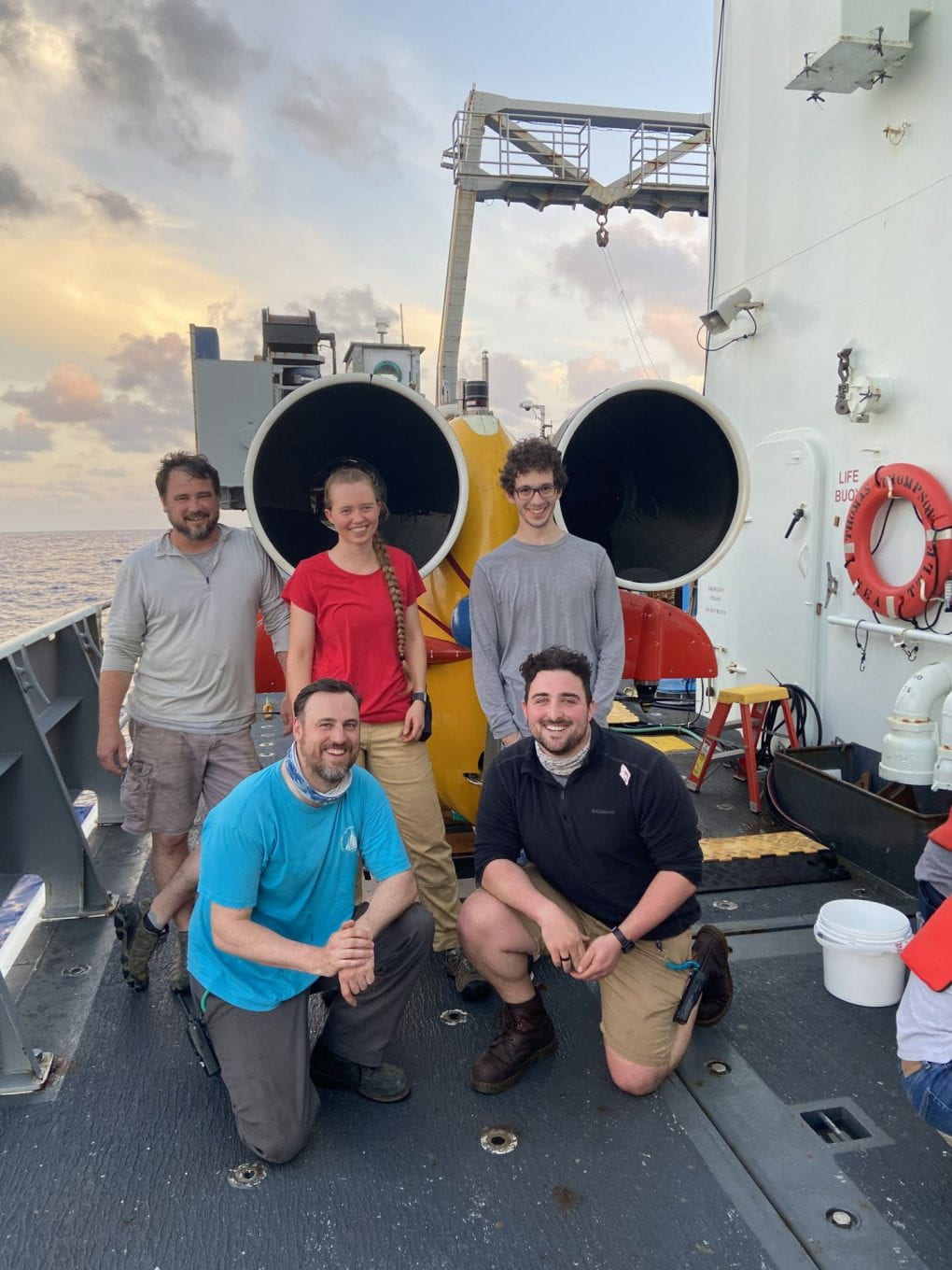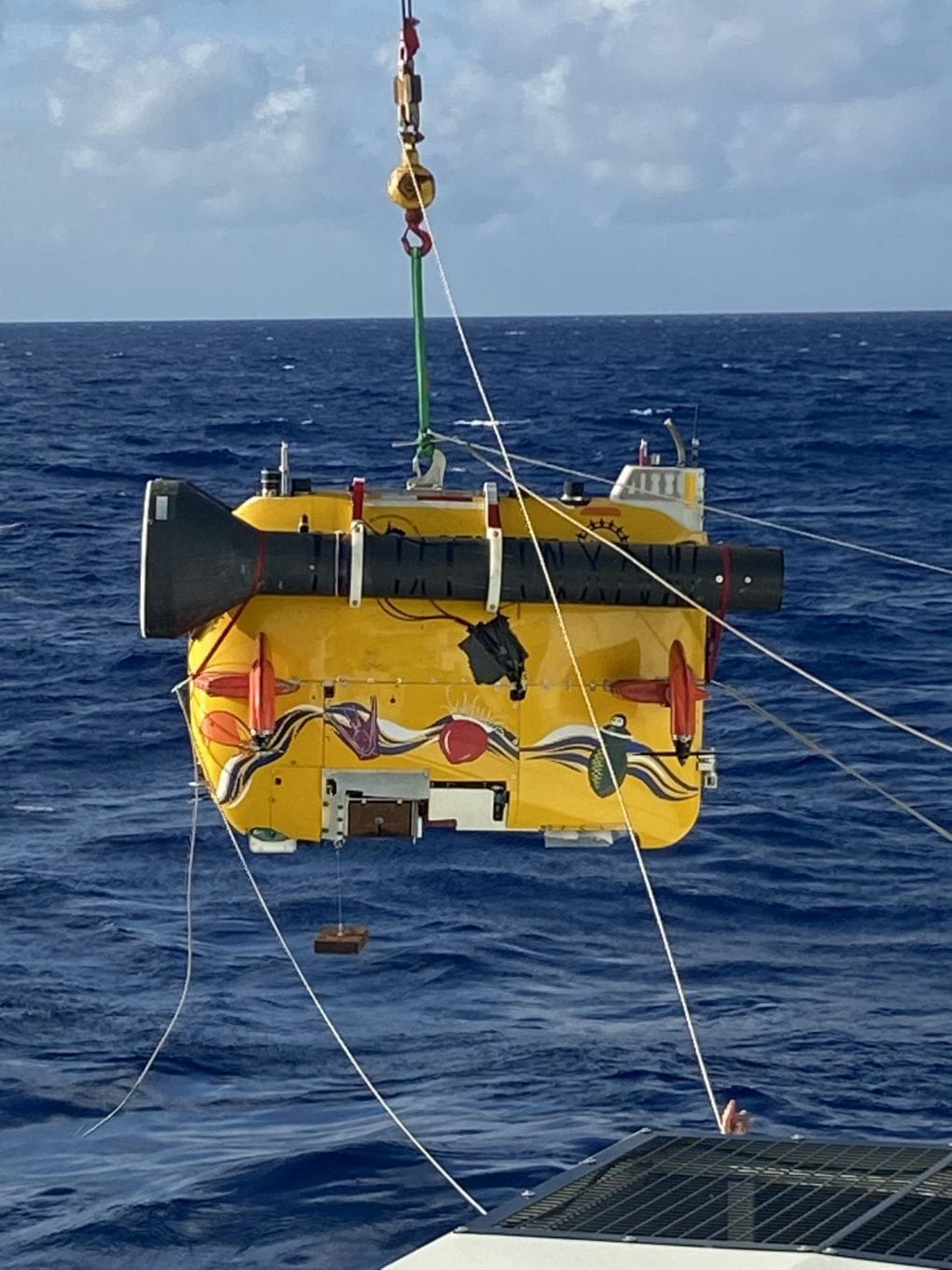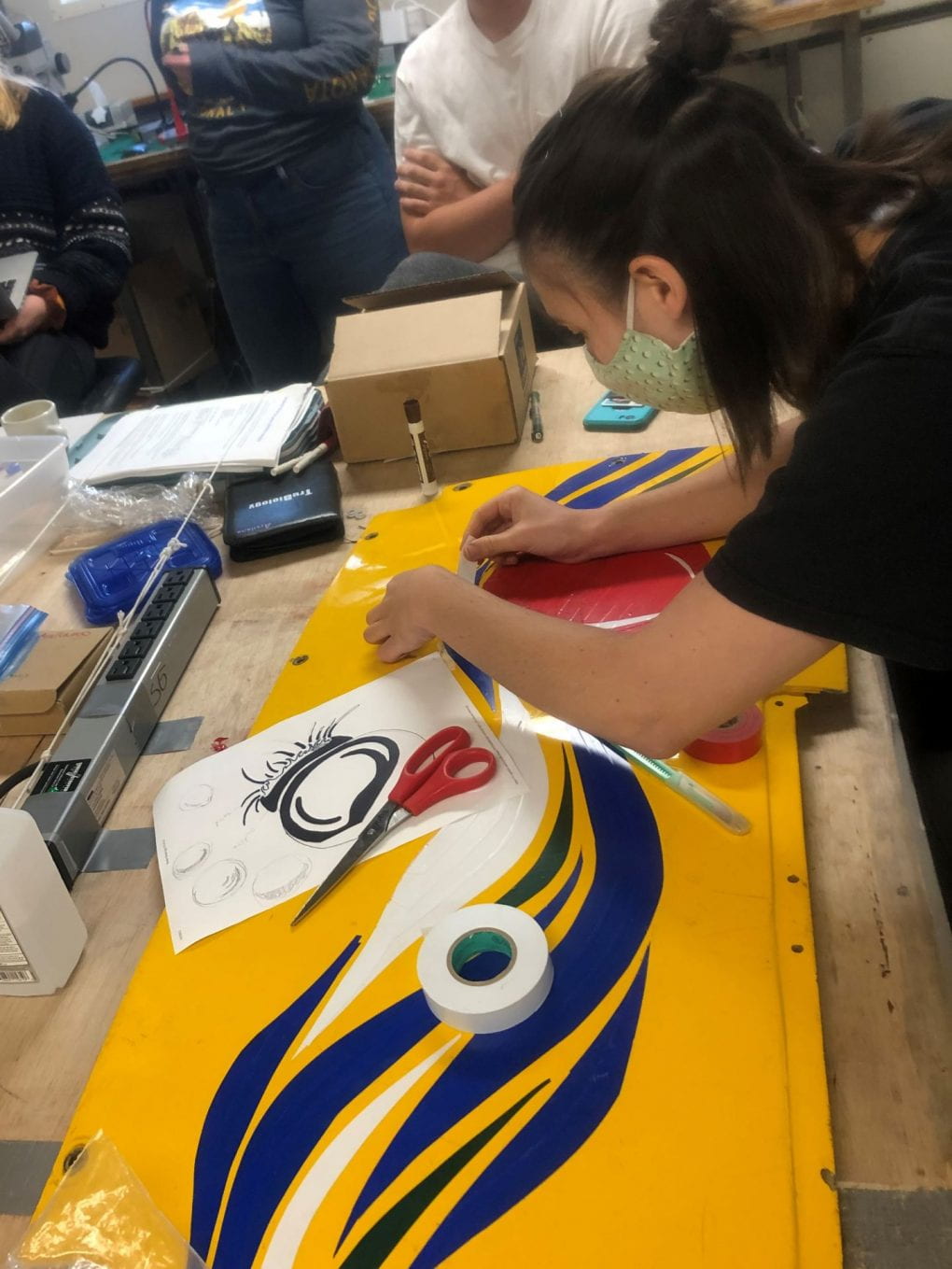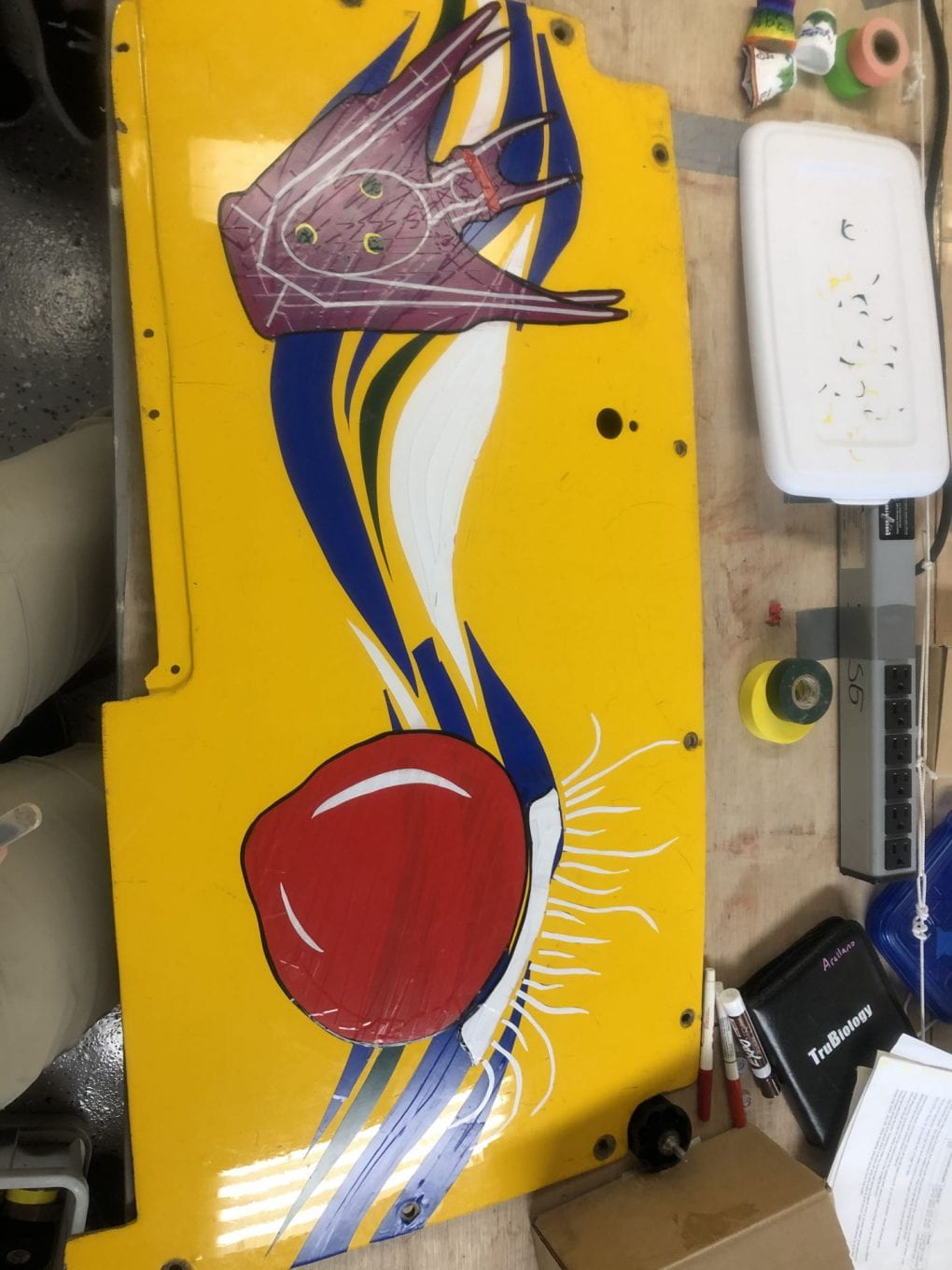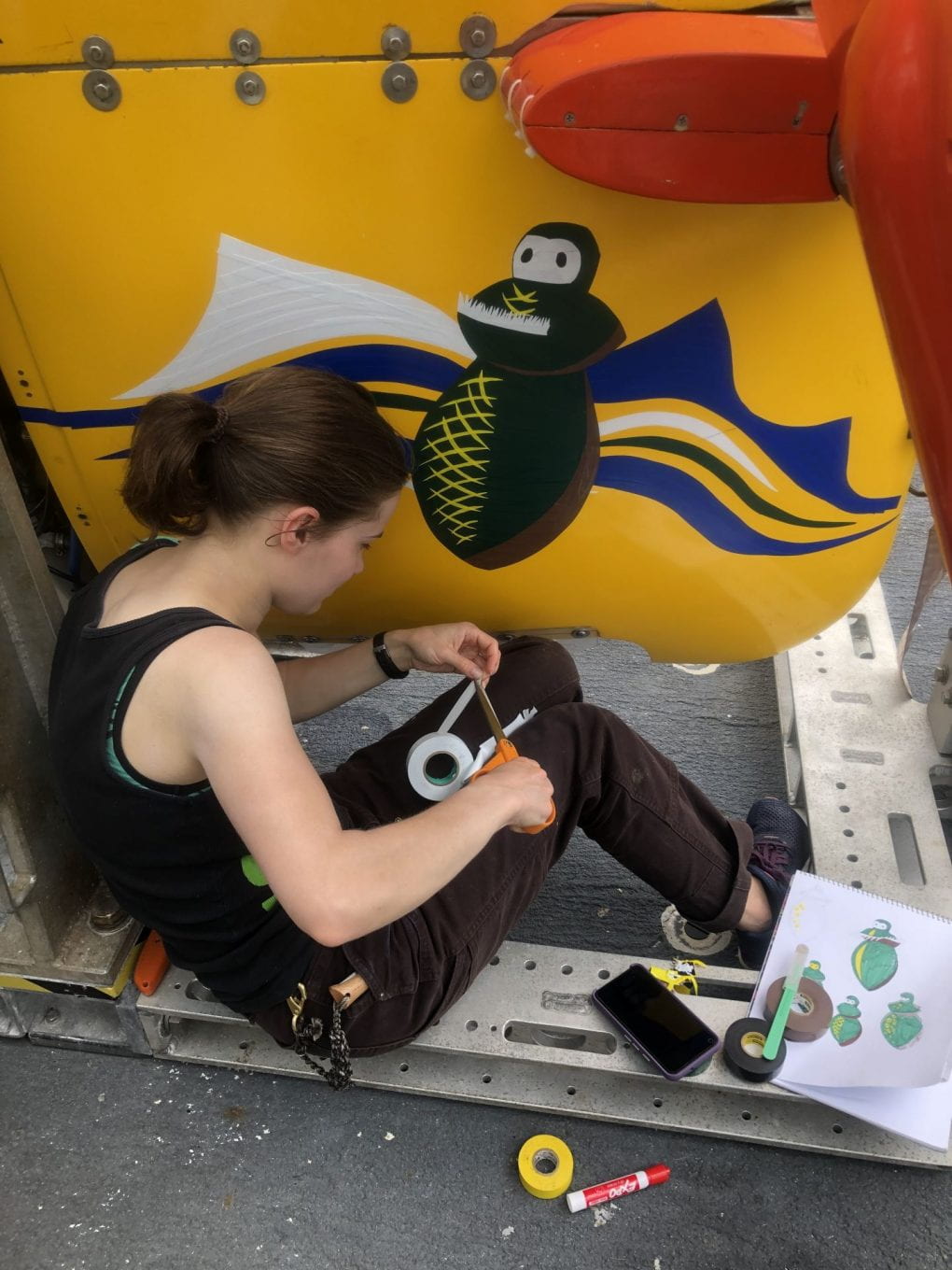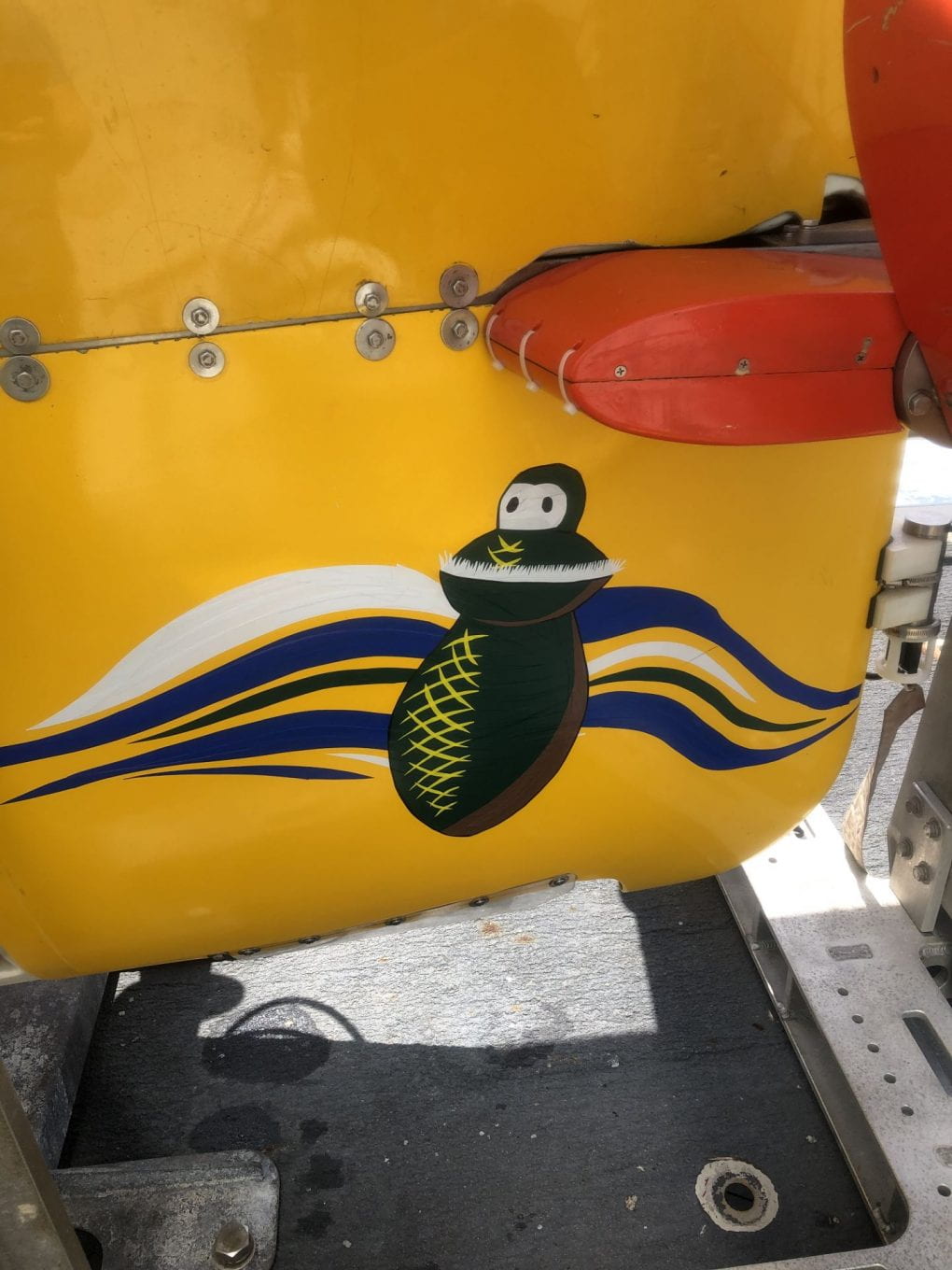June 8th, 2021
Once we had completed our sampling at our Florida Keys site, we had another important task to do: we had to pick up the other Principal Investigator for our cruise, Dr. Craig Young! He has been quarantining in the Florida Keys for the past week and we had to make a quick pit-stop on our way to our next site. After a short transit to move closer to shore, we were within range of a small boat delivering our chief scientist. As the director of and a professor at the Oregon Institute of Marine Biology (OIMB), Dr. Young was reconnected with his undergraduate and graduate students from his lab on board. His expertise on deep sea invertebrates has been eagerly awaited to assist in identification and developmental biology.
In the morning after a very wet and bumpy 7-mile transfer, Craig came aboard from a small orange boat to welcoming scientists and crew! After allowing Craig a chance to change into some dry clothes and gather his belongings, we held a science meeting to loop Craig in about life at sea. We summarized our shifts schedules, who’s in charge of various tasks and data organization, science plans, and how the cruise has been going for everyone, science and otherwise.
The rest of the day was transit, and while some of the science team rested, others indulged in their creative sides. After Sentry’s makeover with larval tape art, we decided Jason needed a new look too. The Jason team obliged and allowed us to decorate the front face and the bioboxes with designs of our choice. Again, we aimed for depictions of larvae where Fiona McBride took the lead and fabricated a tape gastropod veliger front and center.


Meet a Scientist on Board
Craig is a professor of biology at the University of Oregon and the director of Oregon Institute of Marine Biology, a marine laboratory on the rugged Oregon Coast. Craig began working on larval invertebrates in graduate school and has been obsessed with these babies ever since. Also, in graduate school, he was given the opportunity to make several submersible dives in a fjord in British Columbia. He discovered three new species of sea squirts (ascidians) on his first dive in 1980 and was hooked! Eventually, he found a way to combine his diverse interests by pioneering the field of deep-sea larval ecology and embryology in his lab on the east coast of Florida. Using eight different submersibles and six different ROV’s, his lab has investigated deep-sea reproductive processes throughout the world for more than 40 years. Craig was one of the scientists who initially recognized the usefulness of a precision larval collector devise that could operate near the sea floor. He worked as a science advisor to the WHOI engineers who designed and built the SyPRID sampler that we are using on this cruise.
On a personal level, Craig and his wife Robyn (married 45 years) live in a house in the forest with a cockatoo, an Indian ring-neck parrot, a lop-eared bunny and a badly behaved bernedoodle puppy. They have four children and three grandchildren. Craig also has more than 60 academic progeny (graduate students and postdocs) that include Shawn Arellano, our co-chief scientist.
With this departure we are entering the second leg of our cruise, shifting our focus onto the Gulf of Mexico sites. The first site is Florida Escarpment, our deepest site, at 3300 meters deep. With the shift in sites, comes some new, exciting species, like tubeworms and clams. Additionally, many of the graduate students’ projects are focusing within the Gulf, bringing new tasks and science to conduct. To summarize our Western Atlantic sites, here’s a video made by Avery Calhoun on last spring’s Alvin research cruise. This is from out last site, Blake Ridge, and highlights a lot of the work we do on the seafloor.



